Royal Home Side 1
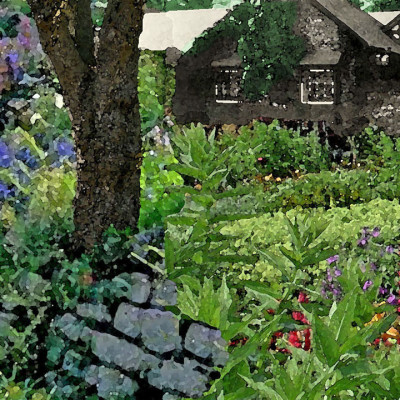
Royal Home Side 1
Royal Home Side 1

Royal Home Side 1
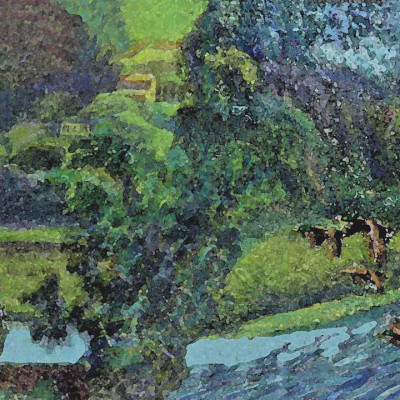
Humber Valley Side 2
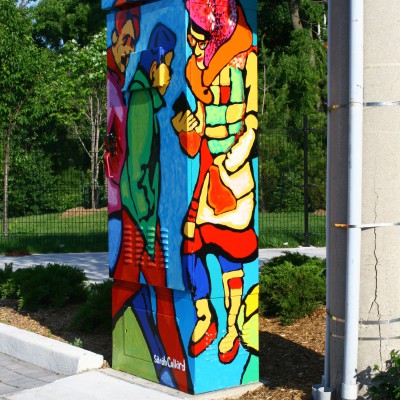
The City of Toronto Utility Boxes “Bus Stop”, at Coxwell and O’Conner, 2014, enamel on metal. Entitled “Subway 2”, itRead more →
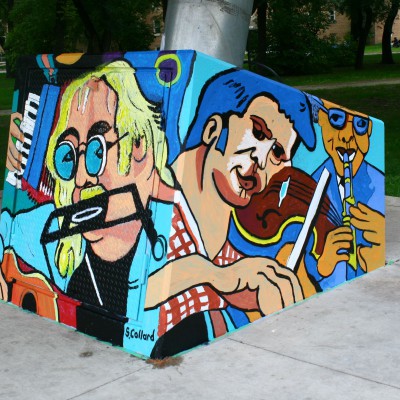
Sponsored by Norwood Grove BIZ. 2014
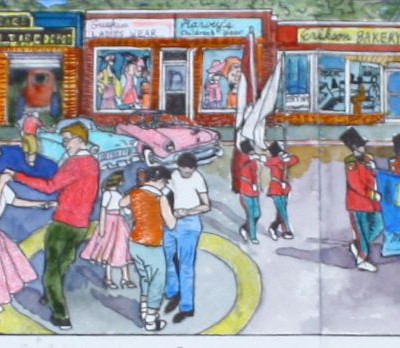
Belmont Village Mural Proposal, Kitchener 2011
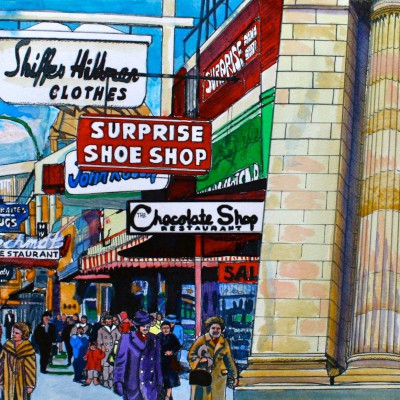
Gendis Mural. This is finally off the ground and will be painted this summer.
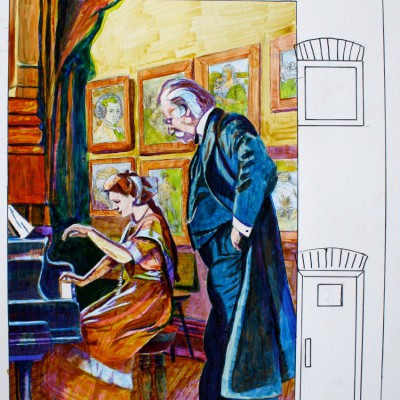
Village of Islington Cooperators Mural Proposal, Toronto 2010
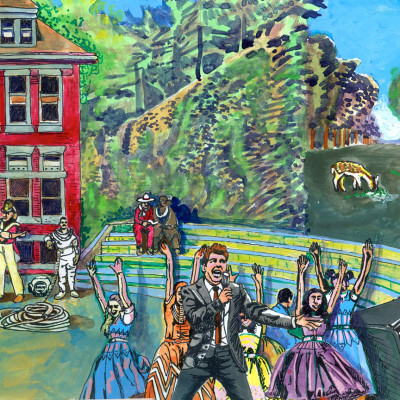
Niagara Aquatics Arena Mural Proposal 2010
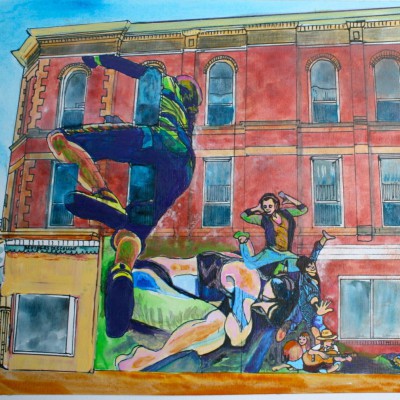
Queen Street West Mural Proposal, Toronto 2010
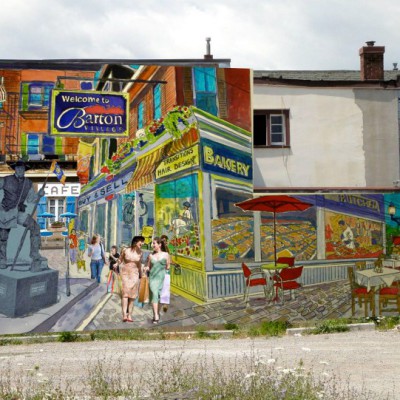
Barton Street Mural Proposal, Hamilton 2012
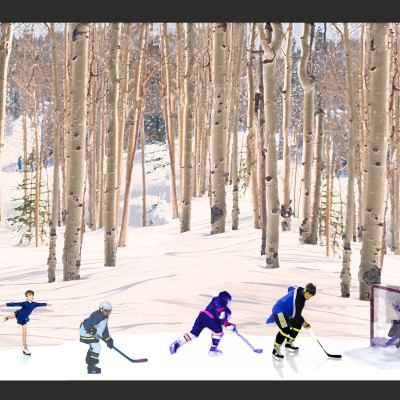
Twin Pad Arena Mural Proposal, Flamborough 2012
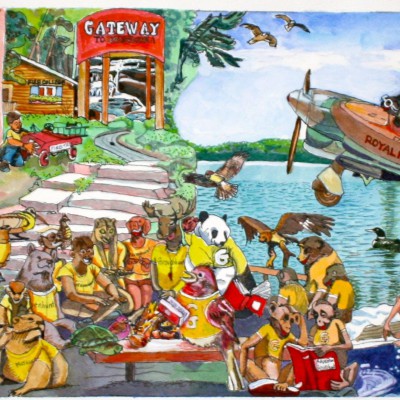
Gravenhurst Library, 2013
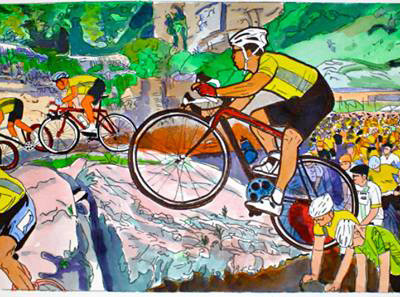
Mary Margaret Sporting Goods Hospital, 2013
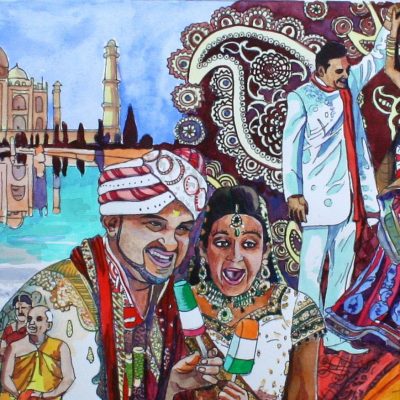
“He Covers Me”, East Indian Mural, Gerrard India Bazaar Mural Proposal, 2014 “ Fabric idea, Gerrard India Bazaar Mural Proposal,Read more →
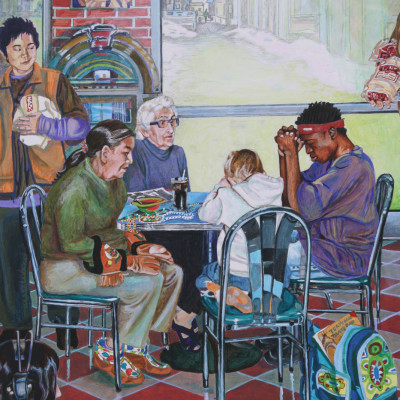
Rockwell’s Dream Continued
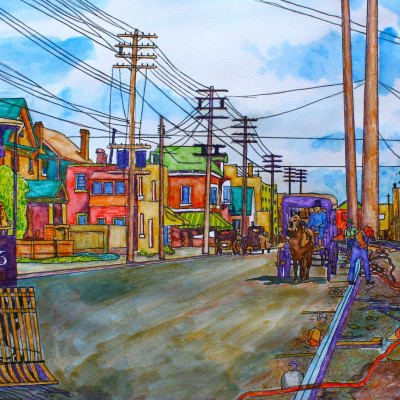
Dovercourt and Gerrard Mural Proposal 2013
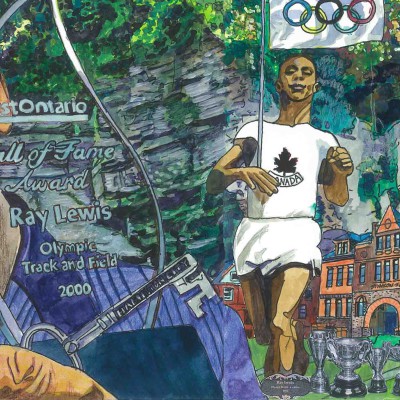
Stinson/Carter Park Mural
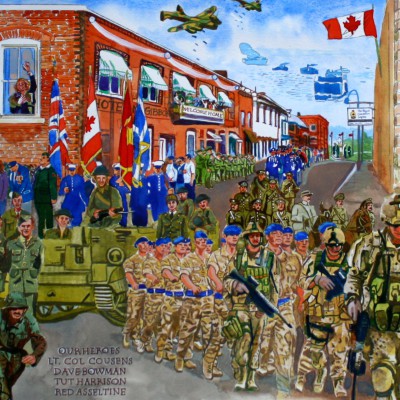
Georgetown Mural Proposal 2012.
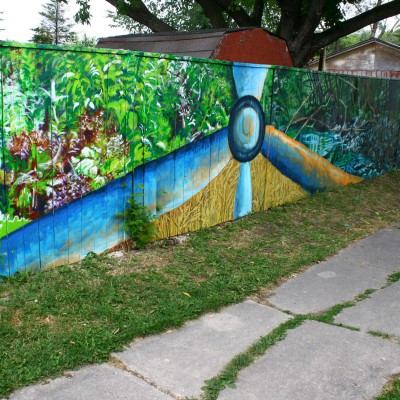
Hydraulic Garden (fence mural #1) Paint the vision, make it plain! When climate change is needed, it is imperativeRead more →
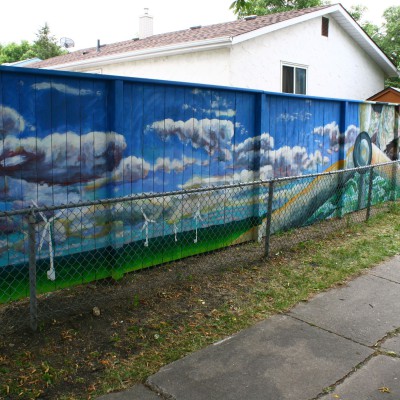
Hydraulic Resources, latex on wood, 2014, 95 Ravenhill, Winnipeg, MB There are two fence murals which face each other. TheRead more →
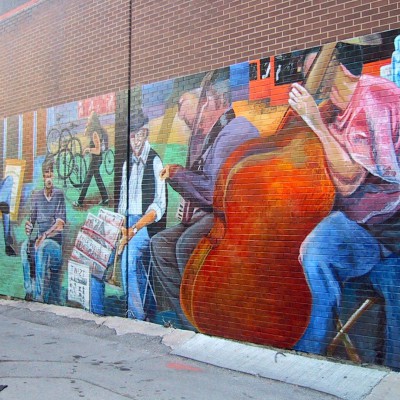
424 Graham Street, Winnipeg, MB, 2007, Graham Outdoor Cafe, Musical themed mural located in an alley way. This mural wasRead more →
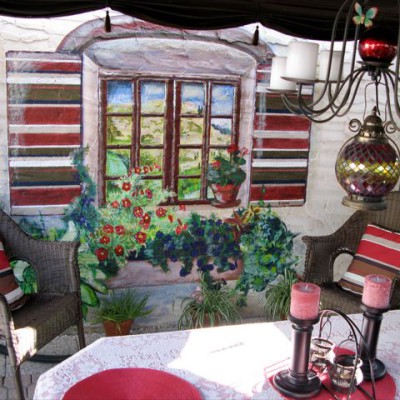
This was actually a private residence on Campbell street and I got the job while I was painting the zooRead more →
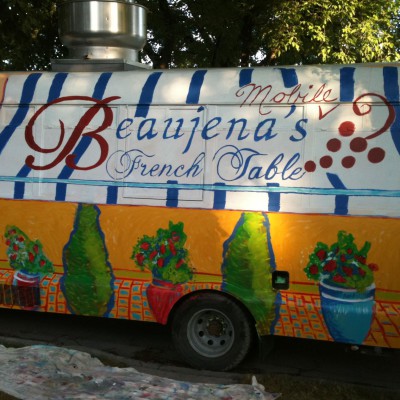
This was a fun, playful utility vehicle painted to take Beaujana’s French Table on the road. By making Beaujana’s mobile,Read more →
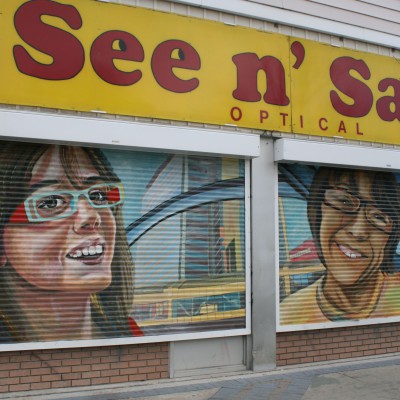
See N Save Shutter Mural, 2008, located on Kennedy St, near the corner of Graham and Kennedy, Winnipeg, MB. SponsoredRead more →
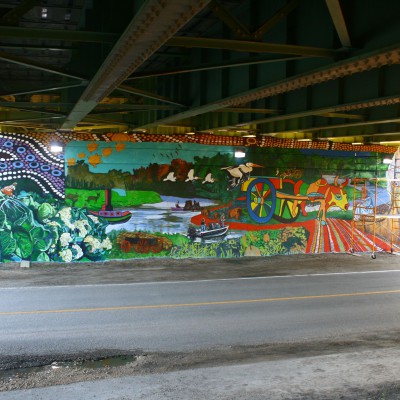
This mural was painted on Cloutier Drive, in Winnipeg, Manitoba, otherwise known as the Perimeter Underpass. The following are photosRead more →
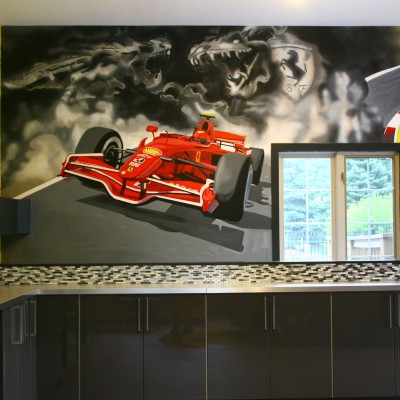
Waring Monsters, Ferrari Garage, Cedar Springs Road, Supercars Canada, Burlington, Ontario, 2013.
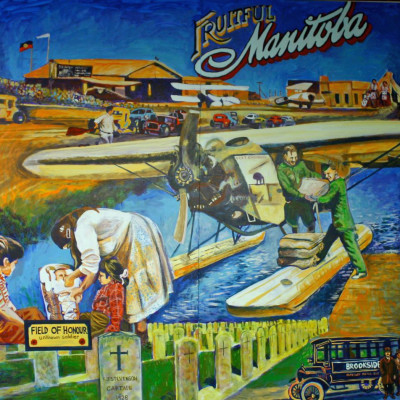
Field of Honour Section, Lot 150A Stevenson attended Kelvin High School and later Wesley College. In 1917 at age 19,Read more →
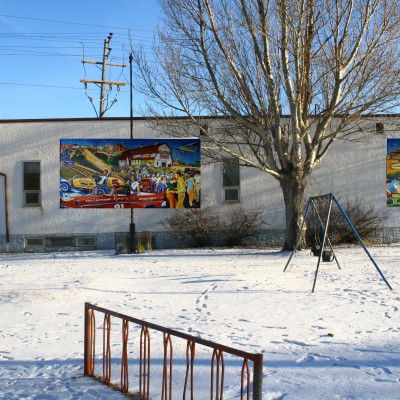
The Light House Community Mural, Alexander Avenue, Winnipeg, MB, 2012, Latex on panel. Please see themuralsofwinnipeg.com forRead more →
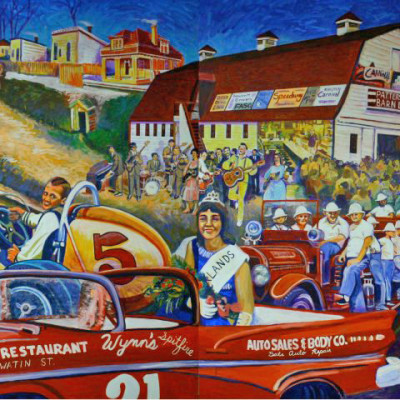
The Red Barn. This was located just North of Logan Avenue on Keewatin Street. Before it was named and paintedRead more →
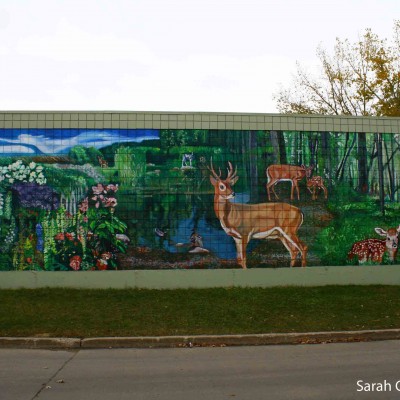
Deer Environment, Moray Medical Clinic, 9.5’ x 47’, 3536 Roblin Boulevard, Winnipeg, MB, 2013, artist acrylic (Nova Colour) on cinderRead more →
The City of Toronto Utility Boxes “Bus Stop”, at Coxwell and O’Conner, 2014, enamel on metal.
Entitled “Subway 2”, it is a colourful depiction of urbanites walking, talking, waiting for the metro. Painted on June 21, 22 in 2014. Even the top is painted for the truck drivers! It was commissioned by StART, Street Art Program, City of Toronto.
Village of Islington Cooperators Mural Proposal, Toronto 2010

“He Covers Me”, East Indian Mural, Gerrard India Bazaar Mural Proposal, 2014
“
Fabric idea, Gerrard India Bazaar Mural Proposal, 2015

Market Dance, Gerrard India Bazaar Mural Proposal, 2015
Hydraulic Garden (fence mural #1)
Paint the vision, make it plain! When climate change is needed, it is imperative that the urban plan be communicated consistently and effectively in order for it to be identified in the hearts of all people. It is my desire to be a part of the solution, integrating the interests and desires of others into a city plan which serves, protects and strengthens. It is my belief that great art exists not only in galleries where we can appreciate a Mark Rothko or Michelangelo, but it exists in our urban streets, where we can enjoy a Charlie Johnson or Diego Rivera. A huge hydraulic windmill sits on many prairie farms, extending its arms like a flower, hovering over the fields as a reminder of renewable goals. The slender arms of a windmill form the basis of this elongated design. It is shown initially close up, then meandering into the background, like a pathway. Outlines of the windmill divide the space into sub-sections, creating three smaller areas. Renewable energy is generated by planting trees, parks and gardens. The constant motion of the hydraulic windmill suggests interconnectivity. We are constantly dependant on our environment yet it relies on us for continual growth as we rely on each other. Our actions, movement and cycles are repeated and interwoven. It is a constant flow, winding us into a healthy, growing, sustainable future.
How are these natural resources used to create sustainable living? How are residents taking responsibility for their own environmental footprint? Manitoba has made several strides in considering environmental factors. Farmers and residents are using natural methods for irrigation, pest control and organic gardening. Wheat farmers are dedicated to producing high quality crops with favourable yields. Rivers, lakes and streams are lined with natural rock in an effort to decrease erosion caused by flooding.
A green roof and solar panels are also ventures which some have taken on. They are depicted at the end of this mural, to the right. Assiniboine Park has built a new architectural building near the duck pond which has a green roof. It is covered with grass and is naturally watered by the rain. The mural depicts a small house or cottage with a flower or herb garden planted on top of its roof. Three solar panels scatter the horizon.
Please see themuralsofwinnipeg.com for further details.
Hydraulic Resources, latex on wood, 2014, 95 Ravenhill, Winnipeg, MB
There are two fence murals which face each other. The common theme is the windmill which is found in both designs. The only difference is the imagery which is painted in the three divided areas. The three resources which are native to the Praries are wind, rock and water. The hydraulic windmill moves them all in a cycle, related yet interdependent. The wind is represented in the prairie sky with windmills scattered throughout the fields. Water is in the bottom portion and rock is to the right.
Please see themuralsofwinnipeg.com for further details.
424 Graham Street, Winnipeg, MB, 2007, Graham Outdoor Cafe, Musical themed mural located in an alley way.
This mural was my first mural painted in Winnipeg. I was still teaching at George McDowell school at the time and I took my art students on a mural tour and we stopped at this wall.
Please see themuralsofwinnipeg.com for further details.
This was actually a private residence on Campbell street and I got the job while I was painting the zoo mural at the Route 90 underpass. She wanted the window painted onto the stucco wall, extending the space and matching her decor. It also had to resemble their travels to Italy. The view in the window is of Tuscany.
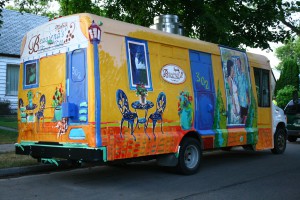
Beaujana’s Mobile French Table back
This was a fun, playful utility vehicle painted to take Beaujana’s French Table on the road. By making Beaujana’s mobile, it would allow the couple to travel to outdoor events such as the Winnipeg Folk Festival, selling food from the van. When Randy drove the van to me, I thought it was a white handy-van with tinted windows. After I painted it, it looked like a circus van able to attract children from all over. The owners, Randy and Beaujana wanted to make a big impression by painting it with bright, brilliant colours. I think they attained their goal. I had the commission for the mural but since Take Pride Winnipeg cannot fund the painting of a van, I did this gratis.
The idea was to make the van reflect the restaurant and the new look they would be creating with the wall. The only problem was, I had to paint the van first because they needed it for an event. This proved difficult to do especially since I only did a rough sketch of the main forms and did not do a coloured rendering. When Beaujana came to see how I was doing, she was unhappy with the way it looked but when she showed me a photo of a sylistic image she had in mind, I immediately changed it. She wanted a very simple graphic image and I was doing the trees in detail and painting it to look realistic, not the way she wanted it. Anyhow, I finally understood and made the appropriate changes. Due to the short timeline and my promise, I tried to paint as fast as I could. Unfortunately, as we all know, when we rush, we make mistakes. Well, I ended up falling off my step ladder and landing on my tush. Initially I was fine, but later I discovered difficulty sitting and apparently had a bruised tailbone. Another time, I spilled paint all over the road which was a little obvious and embarrassing. I usually pride myself on my ability to be neat.
For imagery, they wanted it to be an extension of Beaujana’s French Table; featuring their bright colours, signature table and chairs, sign, blue and white awning, and Beaujana’s friendly dog. They had me paint over most of the windows and duplicating their logo, hedges, and address on more than one side. I wanted to put a reflection of them in the window but it ended up looking like a painting on the wall. The perspective is a bit off making it look awkward, but we decided it was passable for their purpose. The flower pots and shrubs worked out exactly how she wanted them and I think they were happy with the results. When it was all finished I had it clear coated with an automotive finish to protect it from dirt and the elements. I was glad when it was finished because that meant I could get started on the wall, which was my ‘baby’!
This mural was painted on Cloutier Drive, in Winnipeg, Manitoba, otherwise known as the Perimeter Underpass. The following are photos in process and final photographs: the month of September, completed October 3, 2014. Funded by Take Pride Winnipeg, Rivers West, St. Norbert BIZ and organized by Janice Lukes, the trail lady! Entitled “The River Moves Through Us”, it represents a transportation theme which resembles a Trans Canada trail weaving through the area. Janice Lukes led a group who spearheaded a campaign to build a walking and bike path along Cloutier Drive and through this underpass. Since it is located on two intersecting roads, a transportation theme seemed apt. It was a substantial feat to collaborate with the entire community and get input from every source. All influences are featured in this wall and it truly represents who St. Norbert is both historically and currently.
This is a detail of the Metis Sash, voyageur and red river cart. I tried to collage different kinds of renderings in one painting. For example, the red river cart is a simple, child-like painting referencing cubism or modern painting styles. The voyageur is rendered in a more realistic manner providing a contrast or juxtaposition of styles. Contrast is something I use a lot in my gallery work. I do it for fun and to add interest. When people see two opposing ideas in a composition, it makes them think. It makes me think.
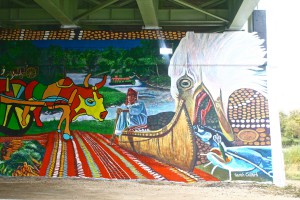
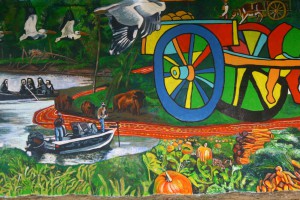
See themuralsofwinnipeg.com for more information.
Waring Monsters, Ferrari Garage, Cedar Springs Road, Supercars Canada, Burlington, Ontario, 2013.
Field of Honour Section, Lot 150A
Stevenson attended Kelvin High School and later Wesley College. In 1917 at age 19, he flew for the Royal Flying Corps in England where he began pilot training. He was awarded the Distinguished Flying Cross and was decorated with the Belgian and French Croix de Guerre. After the war, Stevenson was on of many Royal Air Force pilots who ferried diplomats and other officials between London and Paris. After this, he began a short stint as a sea pilot in northern Russia. After returning to Canada in 1920, he went back to Winnipeg where he joined the Canadian Aircraft Company. With the company, he flew as part of flying exhibitions at small-town fairs in Manitoba and Saskatchewan. In 1926 he moved on to Western Canada Airways and became one of Canada’s first bush pilots, transporting air freight to the North. By the following year, Stevenson was regularly transporting material and equipment from Cache Lake to Fort Churchill on Hudson Bay. On January 5, 1928 during a test flight in the Pas, Manitoba, the engine of his Fokker aircraft failed and his plane went into a spin at a low altitude and fell onto a quiet residential street and he was killed. Captain Frederick Stevenson is buried at Brookside Cemetery, facing southwest toward the airfield that would later be named after him (Stevenson’s Airfield). On May 27, 1928 the City of Winnipeg and the Municipality of St. James opened the new airdrome. Five hundred people attended the opening where Stevenson’s mother unveiled a marble plaque that read: “This airdrome is named Stevenson Airdrome in dedication to the late Captain F. J. Stevenson of Winnipeg, Canada’s Premier Commercial Pilot.” The field eventually became known as Stevenson Field and was later renamed Winnipeg International Airport.
Above Photo – an early photo of Stevenson Field in 1928
Photo – F.J Stevenson flies newspapers to Red Lake in 1927. (Churchill is written on side of plane)
Brookside Cemetery – modern photo
Brookside Cemetery Motor Bus – taken in 1915 with owners standing beside.
Native Aboriginal Woman – Hudson Bay Archives
Please see themuralsofwinnipeg.com for further details.
The Light House Community Mural, Alexander Avenue, Winnipeg, MB, 2012, Latex on panel.
The Red Barn. This was located just North of Logan Avenue on Keewatin Street. Before it was named and painted red. The Red Barn was known throughout the city for its lively times. Several well known country and western performers were seen there including Del Genthon and his popular CJRC Grainbelters, Wilf Carter and Hank Snow, who reputedly rode his horse around the inside stage. The Red Barn in its final years became a three floor Bingo Hall until its demise in 1980s. A license was issued on June 13th 1938 to Mr. B. A. Patterson of Patterson’s Stables to conduct dances on his property at Keewatin and Logan Avenues. At the time a letter to the Manitoba Tax Commission from the Village Administrator stated “ We understand that a charge of 35 cents is made for admission. A good-sized crowd in attendance every Saturday night. Certain conditions had to be made to the building due to its popularity and crowded conditions. In 1947 charges were made of discrimination against a coloured person. There were inevitable fights and brawls that accompany any busy dance serving liquor.
The Brooklands Speedway – scenery 1950s, Brooklands racer on motorcycle
(located to the northwest of Brooklnads off Oak Point Highway,near Selkirk Avenue, was well known in Western Canada. In 1963 one Stock car race meet saw 4,640 spectators.)
Train – in museum, of an early train 1890.
Stevenson Airfield – plane flying above to symbolize Captain Frederick Joseph Stevenson who became one of Canada’s first bush pilots in 1926.
Brooklands Voluntary Fire Department – 1965 faces put onto a photo taken in 1952.
The Red School, (Krawchyk School Today)
The Ukrainian Orthodox Church in Brooklands
Privy – outhouse is a current photograph, mimicking one in photograph.
In 1957 sanitary sewers and watermains were installed on the remaining streets in Brooklands. Resident water meters were installed for $28.00
Burton Cummings -1960’s – the Early Years
Ferlin Husky – 1964
Beauty Queen on a Ford Thunderbird convertible – carnival in 1970
(Brooklands used to have an annual carnival organised by the Community Club and other groups in the area. At one time it was one of the largest in the Winnipeg area. Carnival Queen Debbie Kohler is shown in 1970)
Residential Houses -Ada Street water pails in 1942 (in the picture, Mr Wowchuck and Mr. Krontiuk are fetching water from a nearby manual water pump staton. There is a wooden bridge on the left side. I will use only the architecture in this photo but not the people.
Mrs. Tataryn and Bill Jr. on Elgin Street (Mom and baby crossing the street)
Canadian Bank of Commerce on Logan – 1906
dancing from 1950’s
Please see themuralsofwinnipeg.com for further details.
Deer Environment, Moray Medical Clinic, 9.5’ x 47’, 3536 Roblin Boulevard, Winnipeg, MB, 2013, artist acrylic (Nova Colour) on cinder block
Sponsors: Councillor Havixbeck, Take Pride Winnipeg and Dr. Paul Walton.
One of the most remarkable topics for conversation about the Charleswood area in Winnipeg are the deer. Anybody who lives there comments on their prolific presence. Deer are everywhere. They very commonly feed from planters, grass, trees and just about any green leafy vegetation in the area. However, they do not understand property lines, so they roam freely from one house to the next, picking and choosing their meal. Recently I stayed with a nice lady, Anne Ruhr in the East St. Paul area and I noticed her evergreens were eaten bare 5 ft up the trunk. She said they were fearless and would come right up to the house, any time of year but were particularly more common now that new houses were built close by, clearing out the abundant bush leaving the deer with no food supply. Charleswood is a residential area in Winnipeg, west of Tuxedo and Assiniboine Park. The infamous park hosts the Assiniboine Park Zoo, The Pavilion holding the permanent collection of Ivan Eyre paintings, the English Gardens, the Leo Mol Sculpture Garden and it is set in a natural treed area with many paths for walking. Just south of the Zoo between Roblin Boulevard and Wilkes Avenue, there stands Assiniboine Forest, a 1,100 acre natural forest marking the beginning of Charleswood and home for numerous aspen-oak trees and white tail deer.
For this Mural, I wanted to depict the deer in their natural environment, remaining sensitive to the locale. That is why I placed the deer in the forest, close to a pathway and water. The body of water is actually the pond found in the Assiniboine Gardens, surrounded by bull rushes and an actual Leo Mol sculpture of a deer. A couple mallard ducks are found in the foreground with peonies, fox gloves, status, lupins and hollyhocks found to the left, suggesting the nearby English Gardens. The tall prairie grasses line the background sky. An angel appeared in the clouds when I was painting it, completely unconsciously. The white tail deer will often live in fields and meadows favouring broad-leaved trees and they will sleep in forests for shade. While mating, or in a rut, the bucks will fight over territory using their antlers in sparring matches. Killing deer during hunting season can be a favoured Manitoba sport. Men rally for the largest racks and mount them in their living rooms as pride trophies. During the creation of this Mural, a friend of mine from the city came by to check on me. After he had returned home and my day was almost up, I noticed a buck slowly peer its head around the corner. It caught me off guard. After an uproarious laugh, I realized it was my friend playing a joke on me. He had gone home, took the rack off his wall and propped it up to trick me. It worked. Recently CBC reported a decapitated deer found in the Charleswood area, one month after I painted this mural (November 25, 2013). They suspect someone wanted it as a trophy, but reminded the public of hefty fines for poaching. Deer are so prevalent in Manitoba that it is considered common place to see them at the edge of a highway, run across the road or unfortunately be found as road kill. Manitoba Public Insurance spends $31 million each year on wildlife collision claims. That is almost the same figure as their drunk driving claims. So if you are in the Charleswood area, be on the look out for deer, but be sure to go see my mural on the side of Moray Medical Clinic at 3536 Roblin Blvd, the corner of Princeton Blvd.
A baby deer or fawn is located in the grass to the right of the composition. They have a reddish-brown coat with white spots that helps them blend in with the forest. White-tailed deer are vegetarians (herbivores), leisurely grazing on most available plant foods such as leaves, twigs, fruits and nuts, grass, corn, alfalfa, and lichens and other fungi. Occasionally venturing out in the daylight hours, white-tailed deer are primarily nocturnal, browsing mainly at dawn and dusk. The other species I wanted to highlight was the mallard ducks, widely known in North America preferring the low lying areas that are calm, undisturbed. Mallards prefer shallow sanctuaries, but can be found in almost any body of freshwater and are commonly found in wetlands. The drake, or male, is the more colourful mate. Its green head sits on a white neckband that sets off a chestnut-coloured chest and grey body. Females are drab brown in colour, but sport iridescent purple- blue wing feathers that are visible as a patch on their sides. There is a buck in the foreground, a doe behind with two fawns. This family of deer are the feature presentation in this Mural and important to this area. They are joined by a buck far off in the distance, above the peonies.